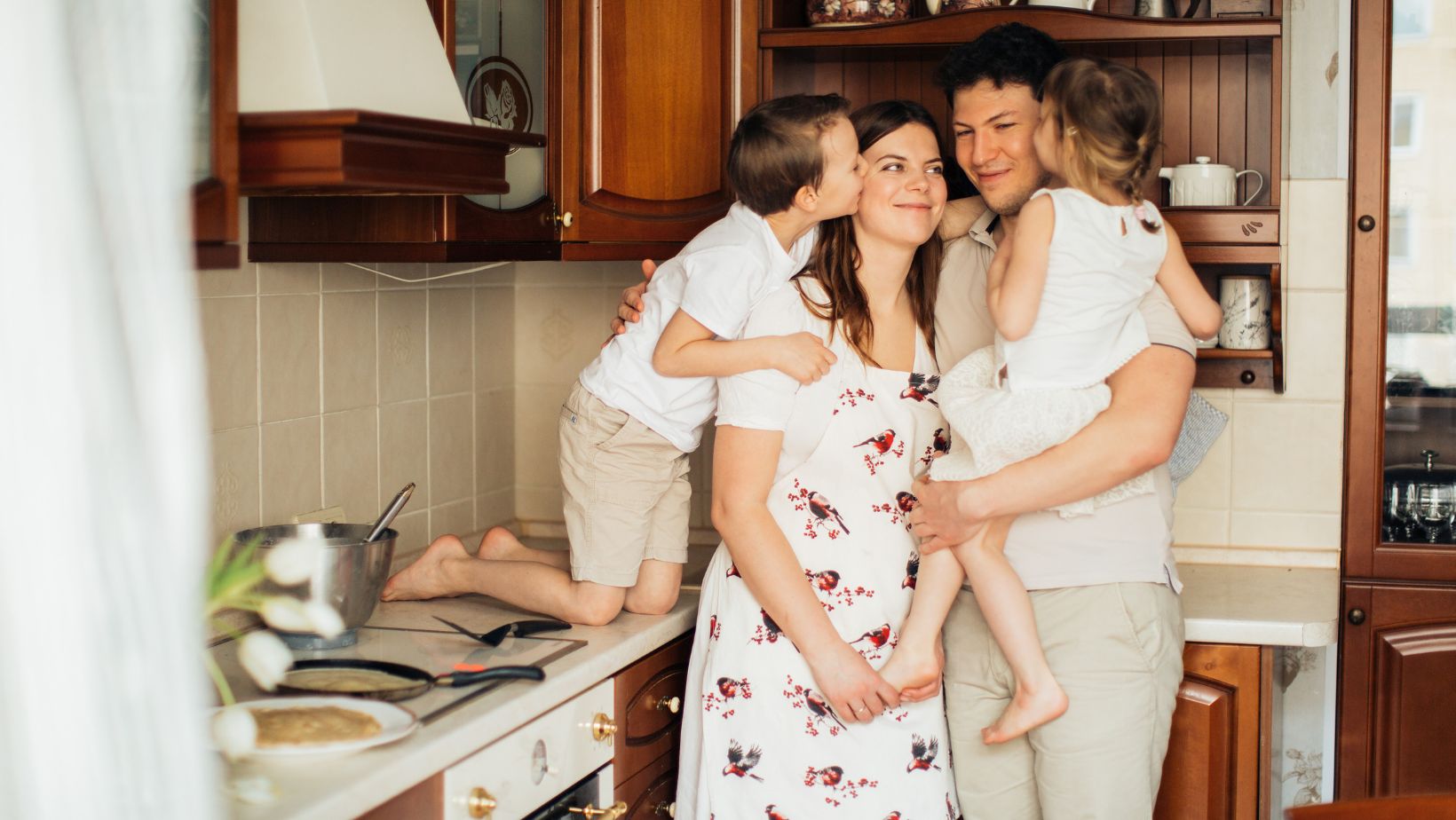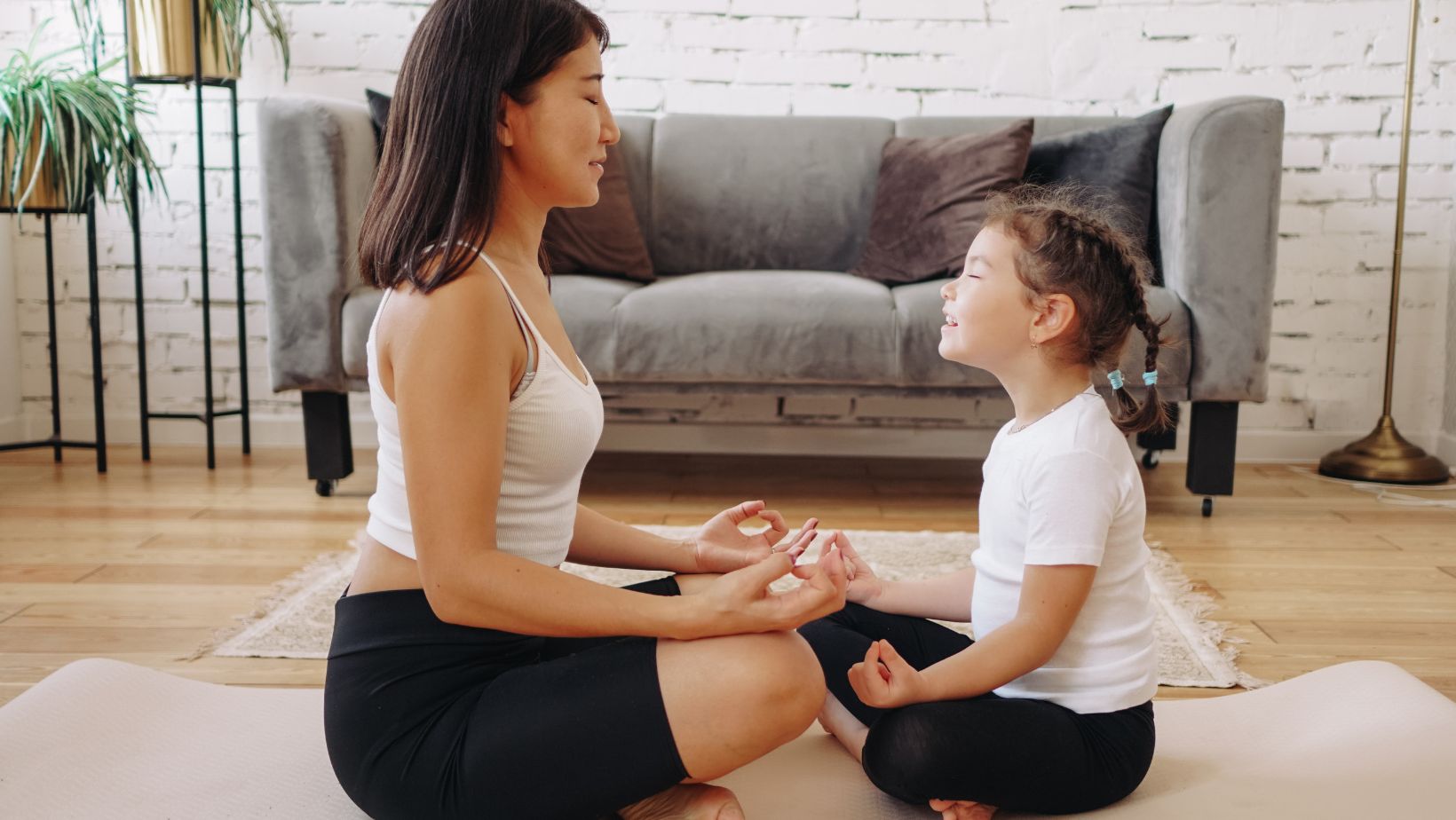
Our homes take a beating when kids are involved. Marker on the walls, mystery stains in the carpet, sticky fingerprints on windows and glass doors—it’s all par for the course when kids are in the house. But if your kiddo also deals with allergies, whether it’s to dust, mold, pet dander, or pollen, home improvements can become a big part of your wellness plan.

Thankfully, you don’t need to knock down walls or spend like you’re on HGTV to make your home allergy-safe. With a few smart surface swaps, you can reduce triggers and create a healthier environment for your family (while still keeping your space stylish and functional).
Here’s what to focus on when renovating or updating your home with allergy-prone kiddos in mind.
Flooring: Rethink What’s Underfoot
Carpets are cozy, sure. But they’re also notorious for trapping dust mites, pollen, pet hair, and mold spores. If you have allergy sufferers in your home, flooring is one of the most important surfaces to tackle.
The best allergy-friendly options include:
- Hardwood: Classic, durable, and easy to clean. A good investment long-term.
- Luxury Vinyl Plank (LVP): Budget-friendly, water-resistant, and non-porous—great for allergy control.
- Sealed concrete or tile: Extremely hypoallergenic and low maintenance.
Ideally, you should avoid wall-to-wall carpeting, especially in bedrooms, and area rugs with high pile or synthetic backings. If you do keep some carpeting, opt for low-pile, tightly woven rugs and vacuum with a HEPA filter weekly.
Paints and Wall Coverings: Go for VOC-Free
Volatile Organic Compounds (VOCs) found in many conventional paints can trigger allergic reactions and respiratory irritation, especially in kids with asthma or environmental sensitivities. So, if possible, upgrade to:
- Low-VOC or zero-VOC paint brands (look for Green Seal or GREENGUARD certifications)
- Washable matte or eggshell finishes, so you’re not constantly scrubbing or repainting
Bonus: These safer paints are now becoming more widespread, meaning you can get stylish shades that hold up to crayons, fingerprints, and projectile spaghetti.
Cabinetry and Furniture: Choose Natural, Non-Toxic Materials
Pressed wood and particleboard furniture often contain formaldehyde-based adhesives, a known irritant for people with chemical sensitivities. Trade those options for:
- Solid wood furniture with water-based stains or sealants
- Bamboo or metal furniture with powder-coated finishes
- Cabinets with low-emission ratings (look for CARB2 compliance)
If you plan to refinish existing furniture, use low-VOC stains and sealants, and do it outside or in a well-ventilated area.
Window Treatments: Ditch the Dust Traps
While those heavy drapes undoubtedly look elegant, they’re a dust magnet. So, if possible, swap those drapes for:
- Wood or faux-wood blinds
- Roller shades made of non-textile materials
- Machine-washable curtains you can toss in the laundry regularly
Whatever you choose, make sure it’s easy to clean and doesn’t require dry-cleaning—that’s where allergens love to hide.
Air Quality: Don’t Skip the Filters
A surface upgrade only goes so far if the air your child breathes is full of triggers. As part of any home renovation, consider:
- Installing HEPA filters in your HVAC system
- Using portable HEPA purifiers in bedrooms and playrooms
- Fixing leaks or moisture issues that can lead to mold growth
- Upgrading insulation to reduce outdoor allergen intrusion
These behind-the-scenes improvements aren’t glamorous, but they’re foundational to an allergy-safe home.
What About the Long-Term? How Immunotherapy Fits Into the Plan
While upgrading your home can dramatically reduce allergens, there’s another part of the equation that parents are starting to explore: treating the root cause of the allergy itself.
That’s where allergy immunotherapy comes in.
Rather than relying on medications that only mask symptoms, immunotherapy helps train the body to become less sensitive to allergens over time. One option, called sublingual immunotherapy, involves placing tiny allergen doses under the tongue at home each day, under a doctor’s guidance.
For families making renovation decisions based on allergy control, it’s worth asking:
Would you rather spend thousands on air purifiers and flooring every few years, or invest in helping your child build long-term tolerance?
While the upfront cost of allergy immunotherapy ($1,000 to $4,000 per year per person) may seem like a splurge, it can reduce the need for ongoing medications, doctor visits, and frequent home upgrades. And most importantly, it can give your child freedom to enjoy life more fully—indoors and out.
Design with Health in Mind
Renovating your home to be allergy-safe doesn’t mean giving up comfort or style. It means making smart, sustainable choices that protect your family and reduce long-term stress for both your child and yourself.

Whether you’re painting a nursery, swapping out your flooring, or redesigning the family room, every change is a chance to create a healthier home. Combine that with a solid allergy treatment plan, and you’re not just building a house. You’re building peace of mind.







